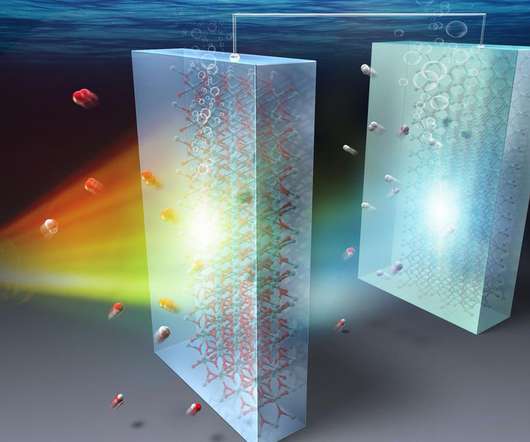Mercedes-Benz Cars plants in Germany to be supplied with CO2-neutral energy from 2022
Green Car Congress
MAY 16, 2018
In the future, 100% of additional purchased electricity will come from verifiable renewable sources, such as wind- and hydropower. The plant will start operating in 2019. This ensures a reliable power supply even in fluctuating grids. This corresponds to about three quarters of the required electricity in the German plants.











Let's personalize your content